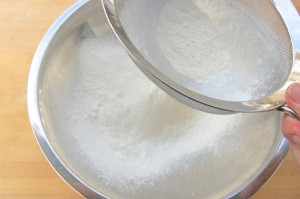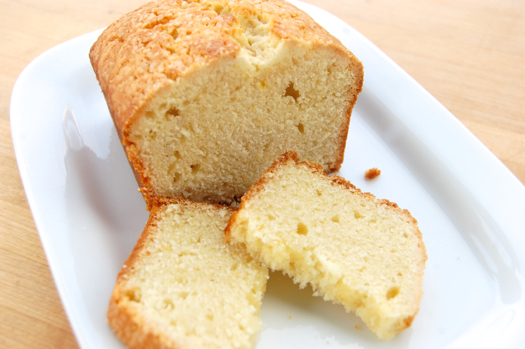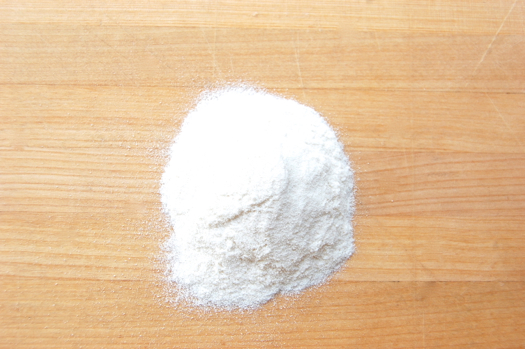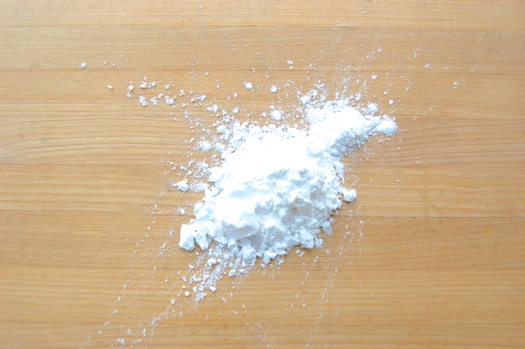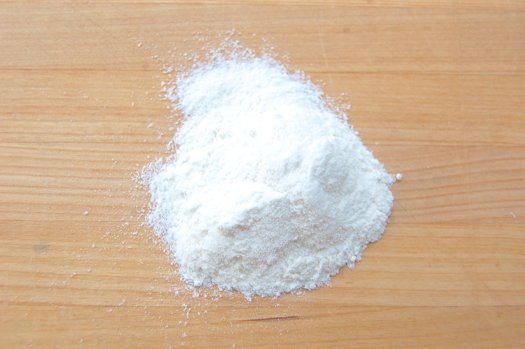How important is sifting?
Reader Deb asks if it’s necessary to sift the flour for an upside-down cake, or whether a vigorous whisking will suffice. I advise a full sift myself, for cakes especially, but everywhere lightness counts: biscuits, sponges, pancakes, tea breads, the list goes on.
It’s true that some modern bakers consider sifting to be little more than a ritual, and an outdated one at that. I disagree, though I will admit that sifting isn’t nearly as critical for the home baker as it once was.
READ ON